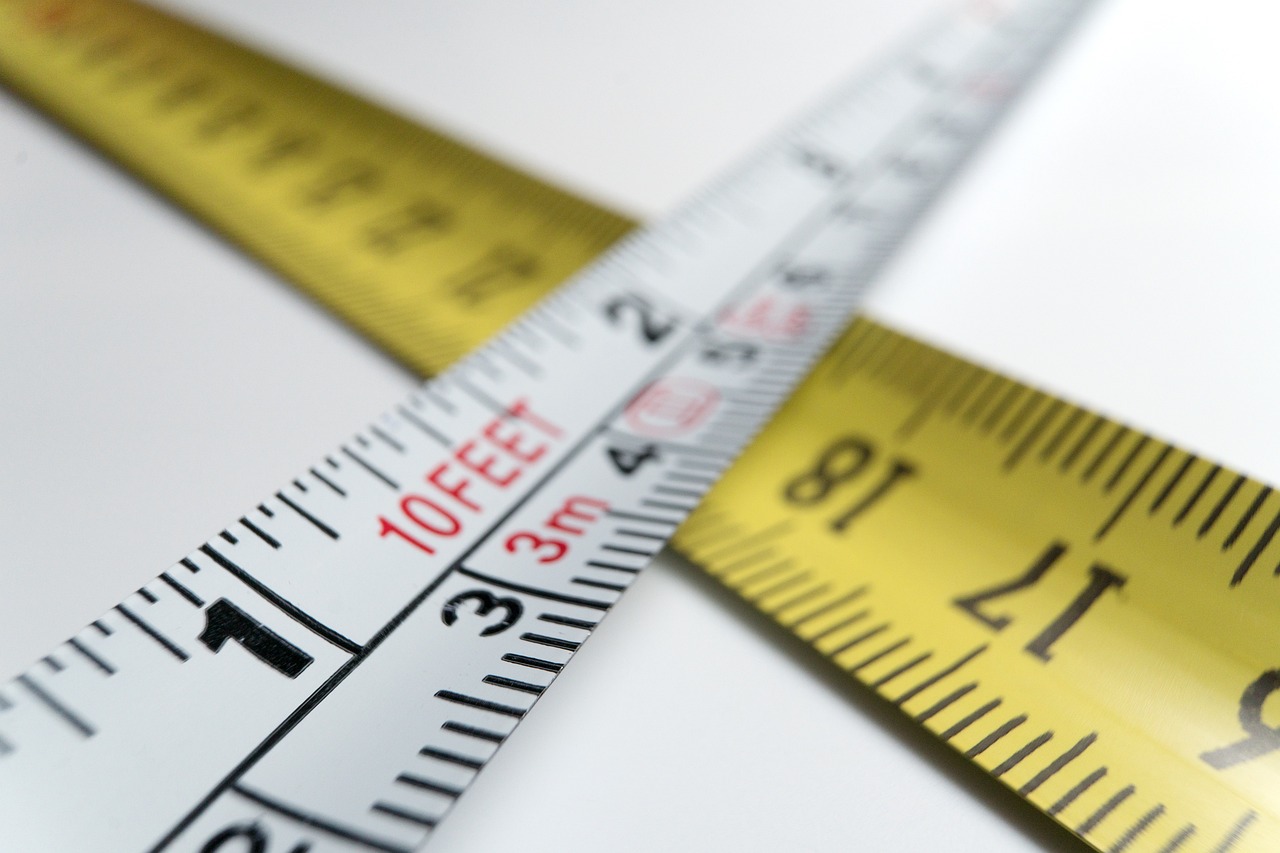Bill of quantities BOQ
Contents |
[edit] What is a bill of quantities?
A bill of quantities (sometimes referred to as 'BoQ' or 'BQ') is a document generally prepared by a cost consultant (such as a quantity surveyor) that provides project-specific measured quantities of the items identified in drawings and specifications for a built asset such as a building. Preparing a bill of quantities requires that the design is complete and a specification has been prepared.
The quantities listed in a bill of quantities may be measured in terms of number, length, area, volume, weight or time.
Bills of quantities are normally only prepared on larger projects. On smaller projects (or for alteration work) the supplier can be expected to measure their own quantities from drawings and schedules of work. Schedules of work are 'without quantities' instructional lists that allow the contractor to identify significant work and materials that will be needed to complete the works and to calculate the quantities that will be required.
[edit] What is a bill of quantities for?
Bills of quantities are generally prepared as part of the tender documentation that is issued to prospective suppliers to obtain a price. The bill of quantities assists tenderers in the calculation of construction costs for their tender, and, as it means all tenders will be pricing the same quantities (rather than taking off quantities from the drawings and specifications themselves), it also provides a fair and accurate system for tendering, and a useful way of comparing tenders.
Suppliers tender against the bill of quantities, stating their price for each item. This priced bill of quantities constitutes the tenderer's offer. As the offer is built up of prescribed items, it is possible to compare both the overall price and individual items directly with other tenderers' offers, allowing a detailed assessment of which aspects of a tender may offer good or poor value. This information can assist with tender negotiations.
The priced bill of quantities will also:
- Assist with the agreement of the contract sum with the successful tenderer.
- Provide a schedule of rates assisting with the valuation of variations.
- Provide a basis for the valuation of interim payments.
- Provide a basis for the preparation of the final account.
For more information see: Advantages of a bill of quantities.
[edit] Standards for bills of quantities
It is very important that bills of quantities are prepared according to a standard methodology. This helps avoid any ambiguities or misunderstandings and so helps avoid disputes arising through different interpretations of what has been priced.
In the UK, bills of quantities for general construction works were until recently most commonly prepared in accordance with the Standard Method of Measurement 7th Edition (SMM7). However, the New Rules of Measurement (NRM) became operative on 1 January 2013 and replaced SMM7 on 1st July 2013. For more information see: New Rules of Measurement.
SMM7 adopted the Common Arrangement of Work Sections (CAWS), a standard method for categorising works. This is also the categorisation of work that is used for the National Building Specification (NBS). However, this system has undergone considerable change, with CAWS being incorporated into Uniclass (see Uniclass for more information). In addition, NRM has moved away from CAWS to adopt its own system of indexing (see NRM2 and BCIS elements for more information).
Other methods of measurement are used for civil engineering works, such as the Civil Engineering Method of Measurement currently in its 4th Edition (CESMM). For more information see: CESMM.
For more information, see: Bill of quantities breakdown structures.
[edit] Preparing bills of quantities
Bills of quantities are prepared by a process of 'taking off' which involves identifying elements of construction works that can be measured and priced. See Taking off for more information.
Bills of quantities are most useful to the supplier when they are prepared in work sections that reflect likely sub-contract packages. This makes it easier for the supplier to obtain prices from sub-contractors and is more likely to result in an accurate and competitive price.
The bill of quantities should identify the different kinds of work required, but should not specify them as this can lead to confusion between information in the bill of quantities and information in the specification itself.
Disputes can occur where there is discrepancy between the bill of quantities and the rest of the tender documents (for example where an item is included in the drawings and specification but not in the bill of quantities), or where there has been an arithmetical error.
Generally, the priced bill of quantities will take precedent, and the client will be responsible for their own errors or omissions, which may be classified as relevant events (or compensation events) giving rise to claims for an extension of time and loss and expense. However, if an ambiguity or error is noticed by the supplier during the tender process, it is best practice for them to tell the client, even if there may be some commercial advantage to them not doing so.
Increasingly, software is available to assist in the preparation of bills of quantities, and building information modelling (BIM) systems can be used to produce bills of quantities from information already contained within the model. For more information, see Bill of quantities software.
[edit] What is an approximate bill of quantities
An approximate bill of quantities (or notional bill of quantities) can be used on projects where it is not possible to prepare a firm bill of quantities at the time of tendering, for example if the design is relatively complete, but exact quantities are not yet known. However, this will tend to result in more variations during construction and so less price certainty when the investment decision is made.
Some contracts allows for re-measurement of approximate quantities (for example, this is common on cut and fill on roadworks). Here, quantities are simply revised and payments made accordingly without the need to instruct a variation.
If an approximate quantity turns out not to have been a realistic estimate of the quantity actually required, this may constitute a relevant event giving rise to claims for an extension of time and loss and expense.
Approximate bills of quantities can also be used during the design process as a tool for controlling design. They are then sometimes included in the tender documents as a guide with a caveat stating that responsibility for measuring quantities lies with the supplier, and drawings and specifications take priority over any description in the approximate bills (for more information see Approximate quantities cost plan).
[edit] Related articles on Designing Buildings
- Advantages of a bill of quantities.
- Approximate bill of quantities.
- Approximate quantities.
- Bill of materials.
- Bill of quantities breakdown structures BQBS.
- Bill of quantities software.
- Bill of quantities v Schedule of rates.
- Common mistakes in bill of quantities.
- How to take off construction works.
- New Rules of Measurement.
- Priced bill of quantities.
- Schedule of rates for construction.
- Schedule of work for construction.
- Standard Method of Measurement SMM7.
- Taking off construction works.
- Tender documentation for construction projects.
- Types of bill of quantities.
- Typical tender process for construction projects.
- Unpriced bill.
- Without quantities.
You might also be interested in...
Featured articles and news
The history of building regulations
A story of belated action in response to crisis.
Moisture, fire safety and emerging trends in living walls
How wet is your wall?
Current policy explained and newly published consultation by the UK and Welsh Governments.
British architecture 1919–39. Book review.
Conservation of listed prefabs in Moseley.
Energy industry calls for urgent reform.
Heritage staff wellbeing at work survey.
A five minute introduction.
50th Golden anniversary ECA Edmundson apprentice award
Showcasing the very best electrotechnical and engineering services for half a century.
Welsh government consults on HRBs and reg changes
Seeking feedback on a new regulatory regime and a broad range of issues.
CIOB Client Guide (2nd edition) March 2025
Free download covering statutory dutyholder roles under the Building Safety Act and much more.
AI and automation in 3D modelling and spatial design
Can almost half of design development tasks be automated?
Minister quizzed, as responsibility transfers to MHCLG and BSR publishes new building control guidance.
UK environmental regulations reform 2025
Amid wider new approaches to ensure regulators and regulation support growth.
The maintenance challenge of tenements.
BSRIA Statutory Compliance Inspection Checklist
BG80/2025 now significantly updated to include requirements related to important changes in legislation.

























Comments
[edit] To make a comment about this article, click 'Add a comment' above. Separate your comments from any existing comments by inserting a horizontal line.
Is it mandatory to attach the BOQ in all service and maintenance tender. And where is the different between BOQ and measured term contract (MTC) or schedule of rate.
Nothing is mandatory, it is up to the employer to decide whether a BoQ is required.
A BoQ is prepared by the employer's cost consultant and sets out measured quantities of all the items of work identified by the drawings and specifications in the tender documentation.
A schedule of rates is just a list of hourly rates that a contractor can use to price cost reimbursable works.
A measured term contract is a contract based on a schedule of rates that can be used for a regular programme of works such as maintenance work.
What is the difference between the Bill of Quantities and the Schedule of Works, please?
see associated articles list 'Schedule of work for construction'
Here is an example of a Final Bill of Quantities (FBQ) for plumbing work done by a term contractor in Singapore:
(http://gg.gg/final-bill-of-quantities)